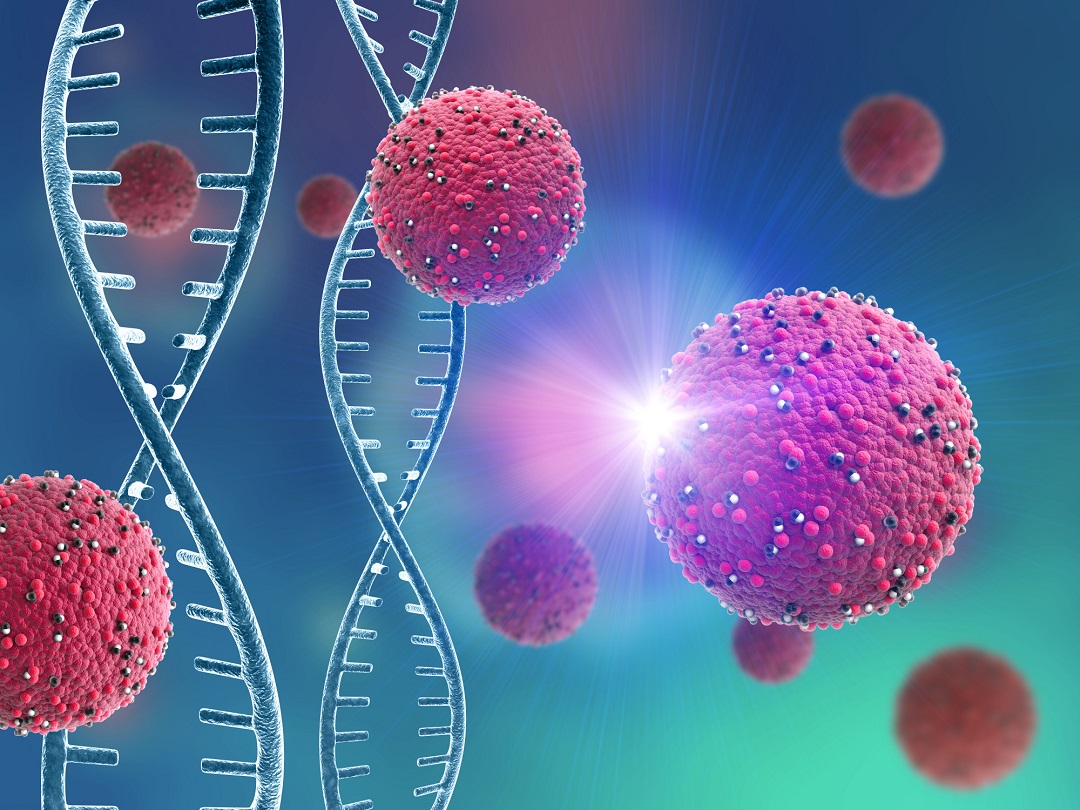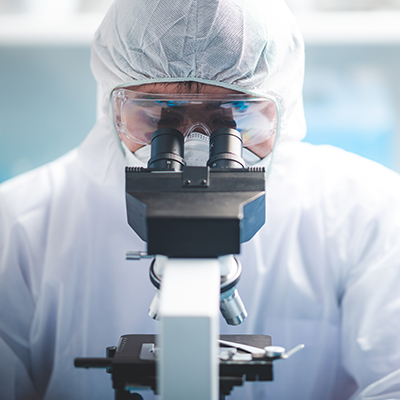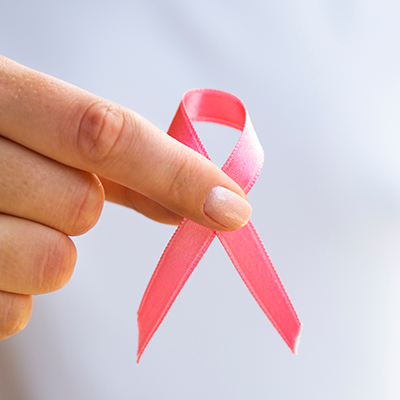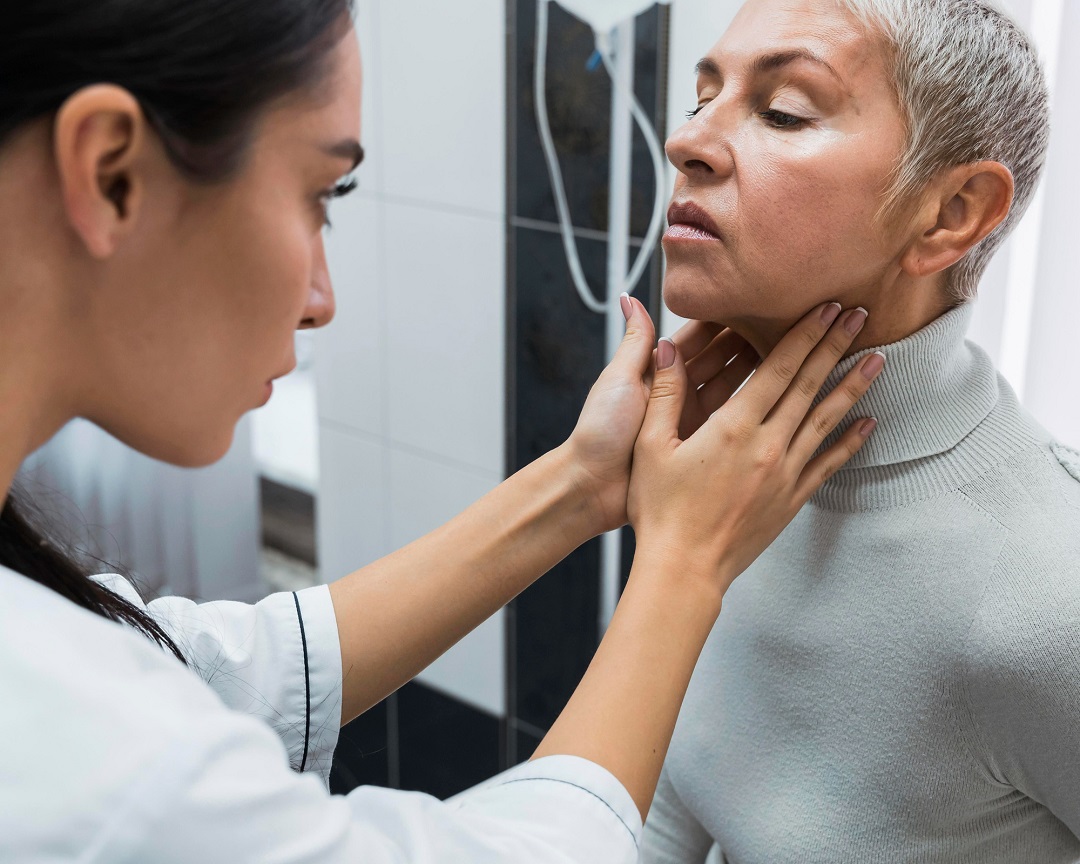Cancer is a condition that arises when alterations in a group of normal cells within the body lead to uncontrolled, abnormal growth forming a lump called tumour. Tumours can develop and spread into surrounding normal tissue or other regions of the body via the bloodstream and lymphatic systems.






Non-modifiable Risk Factors:
